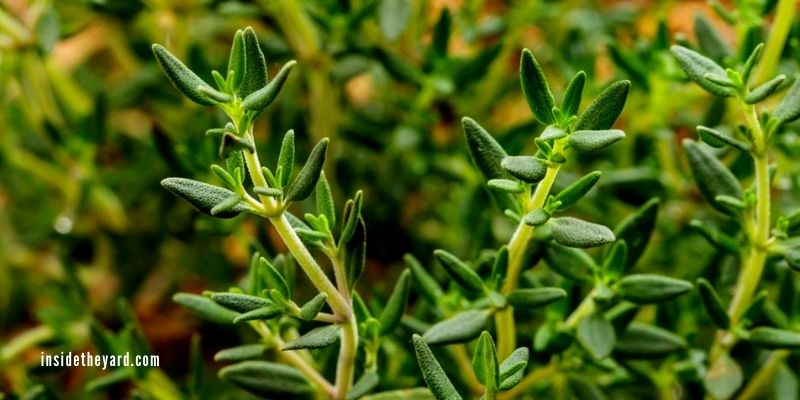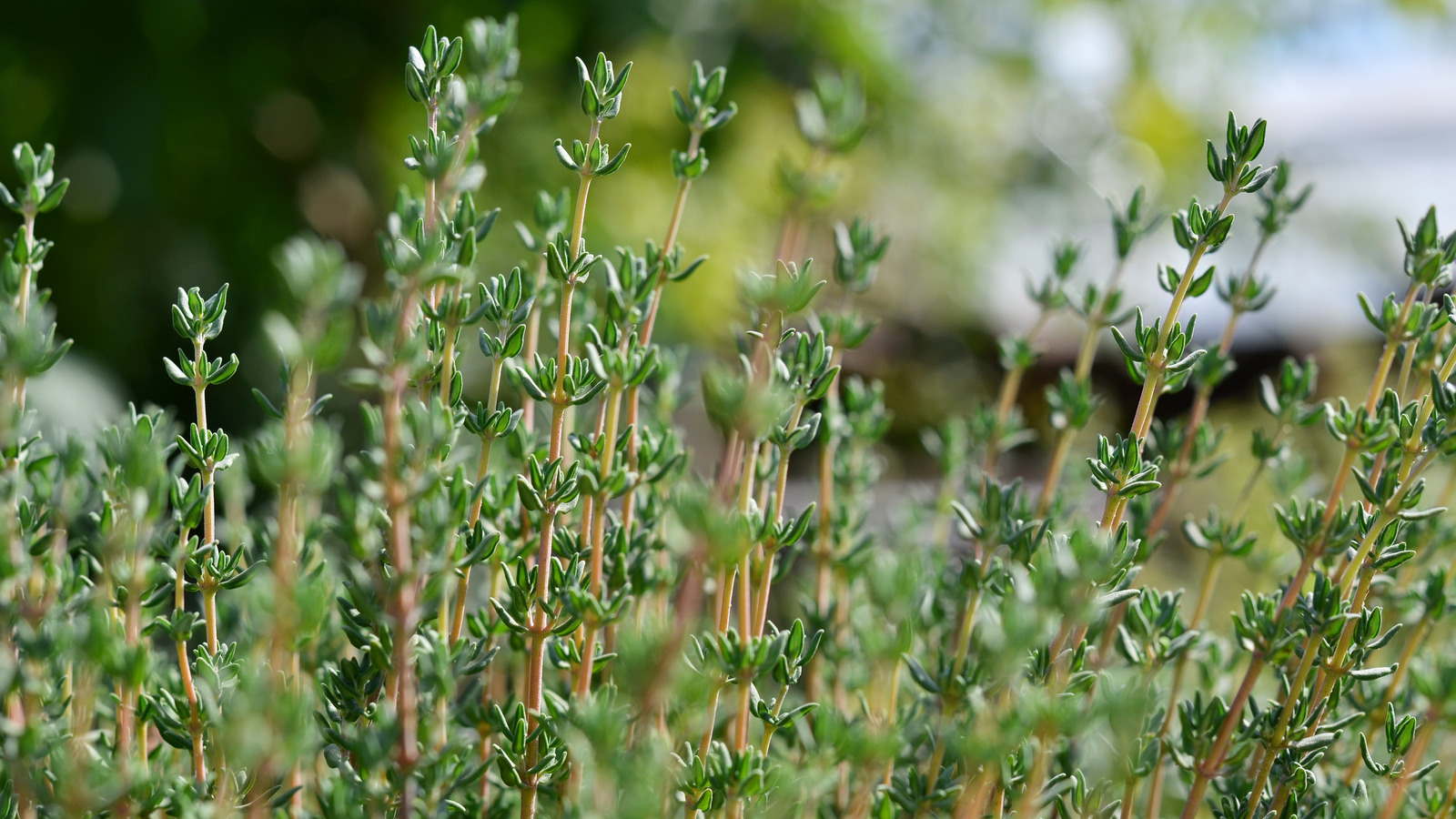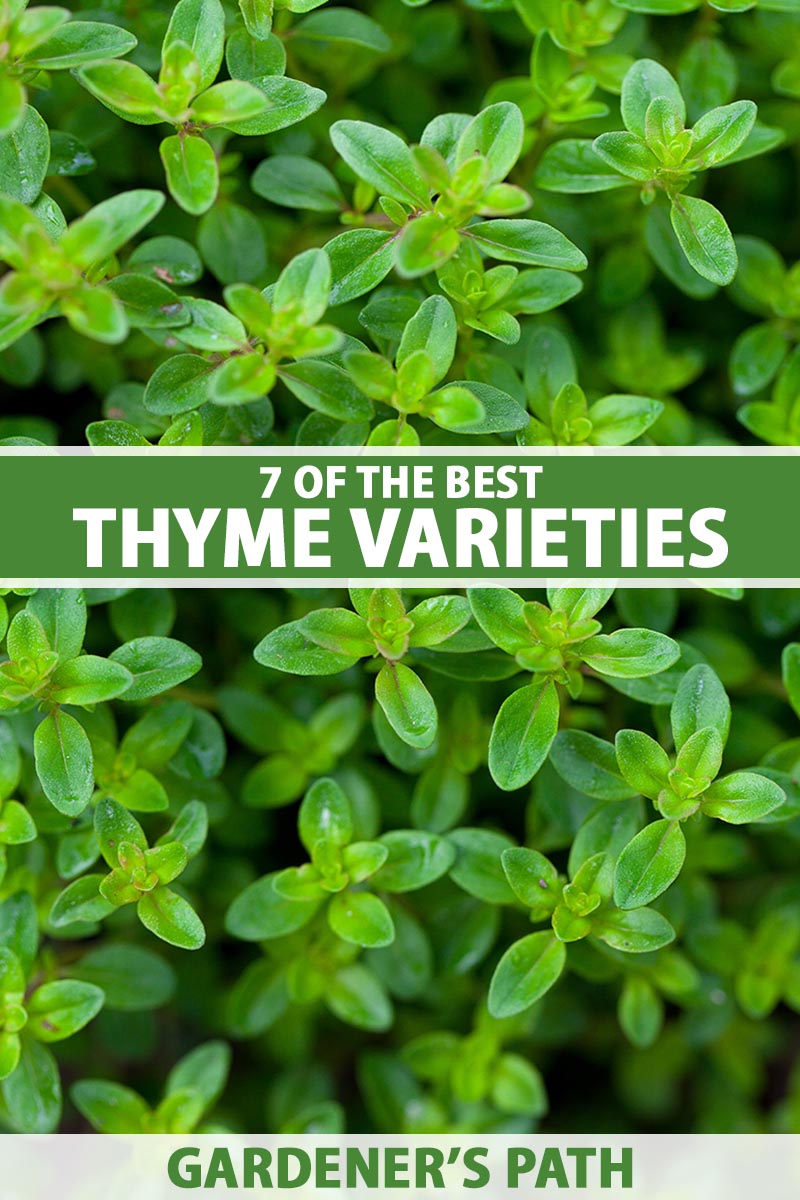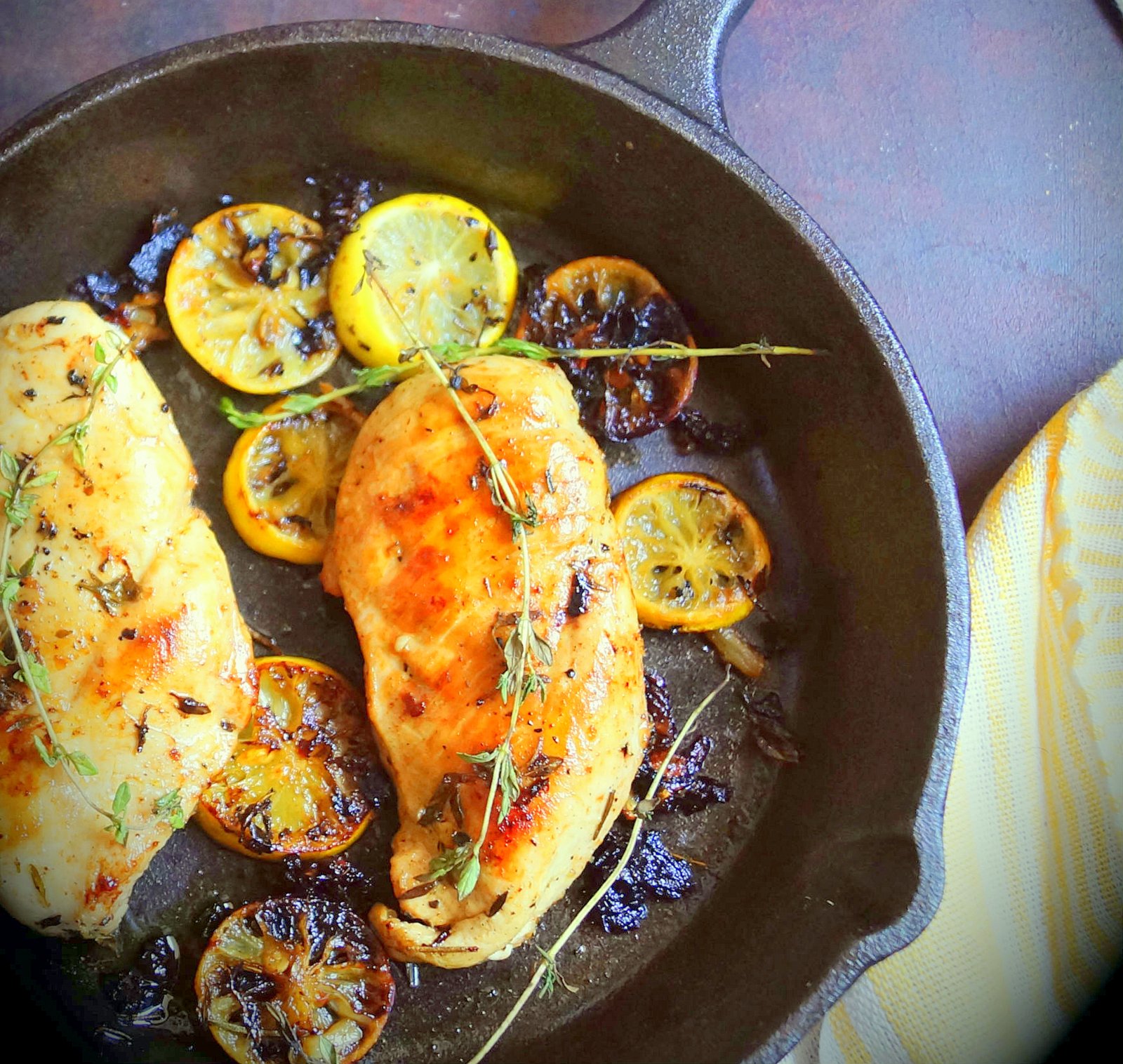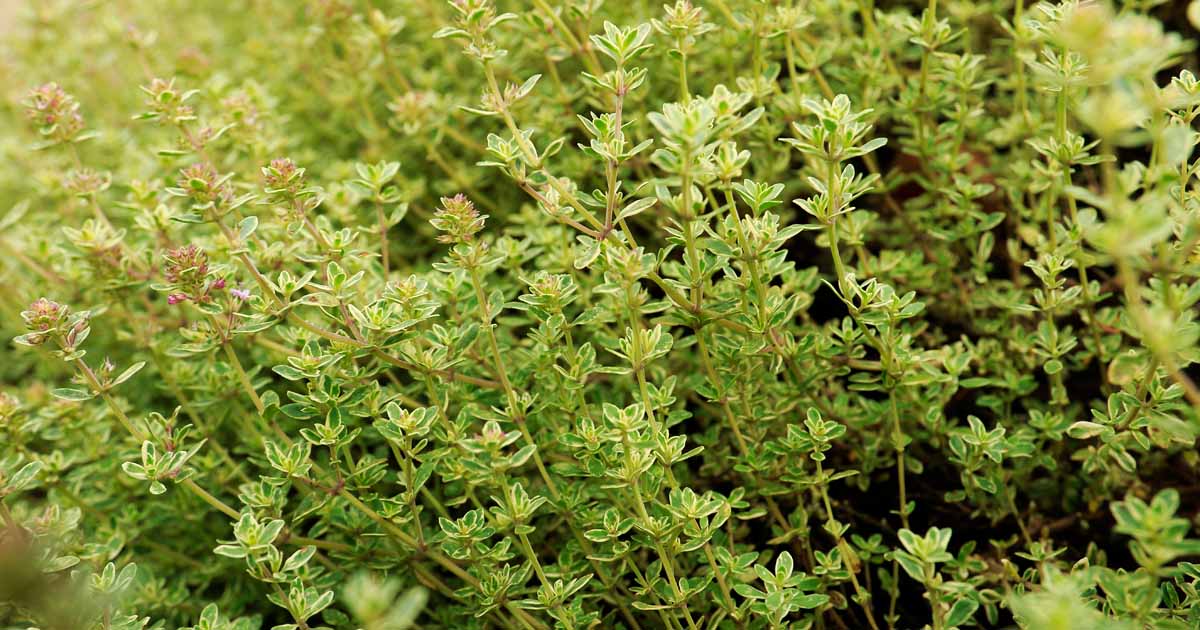What is Thyme and How Does it Grow?
Thyme is a popular, versatile herb that has been used for centuries in cooking, herbal remedies, and as a decorative element in gardens. This low-growing, woody perennial is a member of the mint family and is native to the Mediterranean region. Thyme is known for its tiny, fragrant leaves and its ability to thrive in poor soil, making it a great addition to gardens with challenging conditions.
Thyme is a hardy, drought-tolerant herb that can grow up to 12 inches tall and 18 inches wide. It has a spreading habit and can be used as a groundcover or as a border plant. Thyme is also a great choice for container gardens, as it can thrive in small spaces with proper care.
Understanding the life cycle of thyme is crucial for gardeners and cooks who want to make the most of this versatile herb. Thyme is a perennial herb in warmer climates, meaning it will come back year after year if protected from frost. In colder regions, thyme is often grown as an annual, as it is sensitive to frost and freezing temperatures.
Whether grown as a perennial or annual, thyme requires minimal care and can thrive in a variety of conditions. By understanding the growth habits and needs of thyme, gardeners and cooks can unlock the full potential of this incredible herb and enjoy its many benefits.
Is Thyme an Annual or Perennial Herb?
One of the most common questions about thyme is whether it is an annual or perennial herb. The answer to this question depends on the climate and region in which thyme is being grown. In warmer climates, such as USDA Hardiness Zones 9-11, thyme is a perennial herb that will come back year after year if protected from frost. In these regions, thyme can be grown as a perennial, and it will continue to produce new growth and flowers for many years.
In colder regions, such as USDA Hardiness Zones 3-8, thyme is often grown as an annual. This is because thyme is sensitive to frost and freezing temperatures, and it will typically die back to the ground during the winter months. However, with proper care and protection, thyme can still be grown as a perennial in these regions.
Several factors can affect the life cycle of thyme, including temperature, moisture, and sunlight. Thyme prefers well-draining soil and full sun to partial shade. It is also sensitive to extreme temperatures, and it will typically go dormant during the winter months. By understanding these factors, gardeners and cooks can better determine whether thyme is an annual or perennial herb in their specific region.
In general, the question of whether thyme is an annual or perennial herb is not a simple one. The answer depends on a variety of factors, including climate, region, and growing conditions. However, by understanding the life cycle of thyme and the factors that affect it, gardeners and cooks can unlock the full potential of this versatile herb and enjoy its many benefits.
How to Grow Thyme as a Perennial
Growing thyme as a perennial requires careful consideration of several factors, including the variety of thyme, growing conditions, and pruning techniques. To start, choose a variety of thyme that is well-suited to your climate and region. English thyme, for example, is a popular variety that is hardy in USDA zones 4-9, while French thyme is better suited to warmer climates.
Thyme prefers well-draining soil and full sun to partial shade. It is also drought-tolerant, but will perform best with regular watering. To promote healthy growth, prune thyme regularly to encourage bushy growth and prevent it from becoming leggy. Pinch off flower buds to direct the plant’s energy towards leaf growth, and trim back stems to maintain shape.
In addition to pruning, thyme also benefits from regular fertilization. Use a balanced fertilizer in the spring and summer months to promote healthy growth, and avoid fertilizing in the fall and winter months when the plant is dormant.
Another key factor in growing thyme as a perennial is protection from frost. In colder climates, thyme may need to be protected from frost using a layer of mulch or a frost blanket. This will help to keep the soil from freezing and prevent damage to the roots.
By following these tips and techniques, gardeners can successfully grow thyme as a perennial and enjoy its many benefits. Whether used in cooking, herbal remedies, or as a decorative element in the garden, thyme is a versatile and rewarding herb to grow.
Thyme Varieties: Which Ones are Best for Your Garden?
Thyme is a diverse herb with many different varieties, each with its own unique characteristics and uses. Some of the most popular varieties of thyme include English thyme, French thyme, and lemon thyme. English thyme is a popular variety that is known for its compact growth habit and small, fragrant leaves. It is a hardy perennial that is well-suited to cooler climates and can tolerate light frosts.
French thyme, on the other hand, is a more delicate variety that is better suited to warmer climates. It has a more sprawling growth habit than English thyme and produces larger, more fragrant leaves. French thyme is often used in cooking and is a popular ingredient in many French dishes.
Lemon thyme is a unique variety that is known for its bright, citrusy flavor and aroma. It is a hardy perennial that is well-suited to cooler climates and can tolerate light frosts. Lemon thyme is often used in cooking and is a popular ingredient in many desserts and drinks.
Other varieties of thyme include caraway thyme, creeping thyme, and woolly thyme. Caraway thyme has a distinctive anise-like flavor and aroma, while creeping thyme is a low-growing variety that is well-suited to hanging baskets and containers. Woolly thyme is a unique variety that has a distinctive woolly texture and is often used as a decorative element in gardens.
When choosing a variety of thyme for your garden, consider the climate and soil conditions in your area. Different varieties of thyme have different growing requirements, so it’s essential to choose a variety that is well-suited to your garden. Additionally, consider the intended use of the thyme, whether it’s for cooking, herbal remedies, or as a decorative element.
Common Mistakes to Avoid When Growing Thyme
While thyme is a relatively low-maintenance herb, there are several common mistakes that gardeners make when growing it. One of the most common mistakes is overwatering, which can lead to root rot and other problems. Thyme prefers well-draining soil and should be watered sparingly, especially in cooler climates.
Another common mistake is underwatering, which can cause thyme to become stressed and vulnerable to pests and diseases. Thyme needs consistent moisture, especially during the first few weeks after planting. However, it’s essential to avoid overwatering, as this can be detrimental to the plant.
Inadequate sunlight is another common mistake that gardeners make when growing thyme. Thyme requires full sun to partial shade, and should be planted in a location that receives at least 4-6 hours of direct sunlight per day. If thyme is not receiving enough sunlight, it may become leggy and weak.
Other common mistakes include not pruning thyme regularly, which can lead to a leggy and unattractive plant. Thyme should be pruned regularly to encourage bushy growth and prevent it from becoming too woody. Additionally, not fertilizing thyme regularly can lead to poor growth and a lack of flavor.
To troubleshoot common issues with thyme, it’s essential to monitor the plant’s growth and adjust its care accordingly. If thyme is not growing well, it may be due to a lack of sunlight, water, or nutrients. By adjusting the plant’s care and providing the right conditions, gardeners can help thyme to thrive and produce plenty of flavorful leaves.
How to Harvest and Use Fresh Thyme
Harvesting fresh thyme is a simple process that requires some basic knowledge of the plant’s growth habits. Thyme is typically ready to harvest when the leaves are at their peak flavor and aroma, which is usually during the summer months. To harvest thyme, simply pinch or cut off the flower buds, which will help to encourage the plant to produce more leaves.
There are several ways to use fresh thyme, including in cooking, herbal remedies, and as a decorative element in gardens. In cooking, thyme is a popular ingredient in many dishes, including soups, stews, and roasted meats. It pairs well with a variety of ingredients, including lemon, garlic, and rosemary.
In herbal remedies, thyme is often used to make teas, tinctures, and salves. It has a number of health benefits, including reducing inflammation and improving digestion. To make a thyme tea, simply steep a few sprigs of fresh thyme in boiling water for 5-10 minutes.
Thyme can also be used as a decorative element in gardens, where it can be used to create beautiful borders and arrangements. It is a low-maintenance plant that requires minimal care, making it a great choice for busy gardeners.
When using fresh thyme, it’s essential to handle the leaves gently to avoid bruising or damaging them. This will help to preserve the plant’s flavor and aroma, and ensure that it remains fresh for a longer period.
Thyme in the Kitchen: Delicious Recipes to Try
Thyme is a versatile herb that can be used in a variety of dishes, from soups and stews to roasted meats and vegetables. Here are a few simple and delicious recipes that showcase the flavor and aroma of thyme:
Thyme and Lemon Chicken: This recipe is a classic combination of flavors that is easy to make and delicious to eat. Simply mix together olive oil, lemon juice, garlic, and thyme, and brush the mixture over chicken breasts before roasting.
Thyme and Vegetable Soup: This recipe is a hearty and comforting soup that is perfect for a cold winter’s day. Simply sauté onions, carrots, and celery in olive oil, then add in diced tomatoes, vegetable broth, and thyme. Simmer the soup until the vegetables are tender, then serve hot.
Thyme and Rosemary Roasted Potatoes: This recipe is a simple and flavorful side dish that is perfect for accompanying roasted meats. Simply slice potatoes thinly and toss with olive oil, thyme, rosemary, and salt and pepper. Roast the potatoes in the oven until they are crispy and golden brown.
Thyme and Garlic Shrimp: This recipe is a quick and easy dish that is perfect for a weeknight dinner. Simply sauté shrimp in olive oil with garlic and thyme, then serve over rice or pasta.
These are just a few examples of the many delicious recipes that you can make with thyme. Whether you’re looking for a hearty soup or a flavorful side dish, thyme is a versatile herb that can add depth and complexity to any dish.
Conclusion: Unlocking the Full Potential of Thyme
In conclusion, thyme is a versatile and rewarding herb to grow and use in cooking and herbal remedies. By understanding its life cycle and growth habits, gardeners and cooks can unlock the full potential of this popular herb. Whether you’re looking to add fresh flavor to your cooking or create beautiful arrangements in your garden, thyme is a great choice.
Remember to choose the right variety of thyme for your climate and use, and provide optimal growing conditions to promote healthy growth. Avoid common mistakes such as overwatering and underwatering, and troubleshoot any issues that may arise. Harvest and use fresh thyme regularly to enjoy its flavor and aroma, and experiment with different recipes and uses to find your favorite ways to incorporate thyme into your cooking and herbal remedies.
With its rich history, versatility, and ease of growth, thyme is a great addition to any garden or kitchen. By following the tips and advice outlined in this article, you can unlock the full potential of thyme and enjoy its many benefits for years to come.



